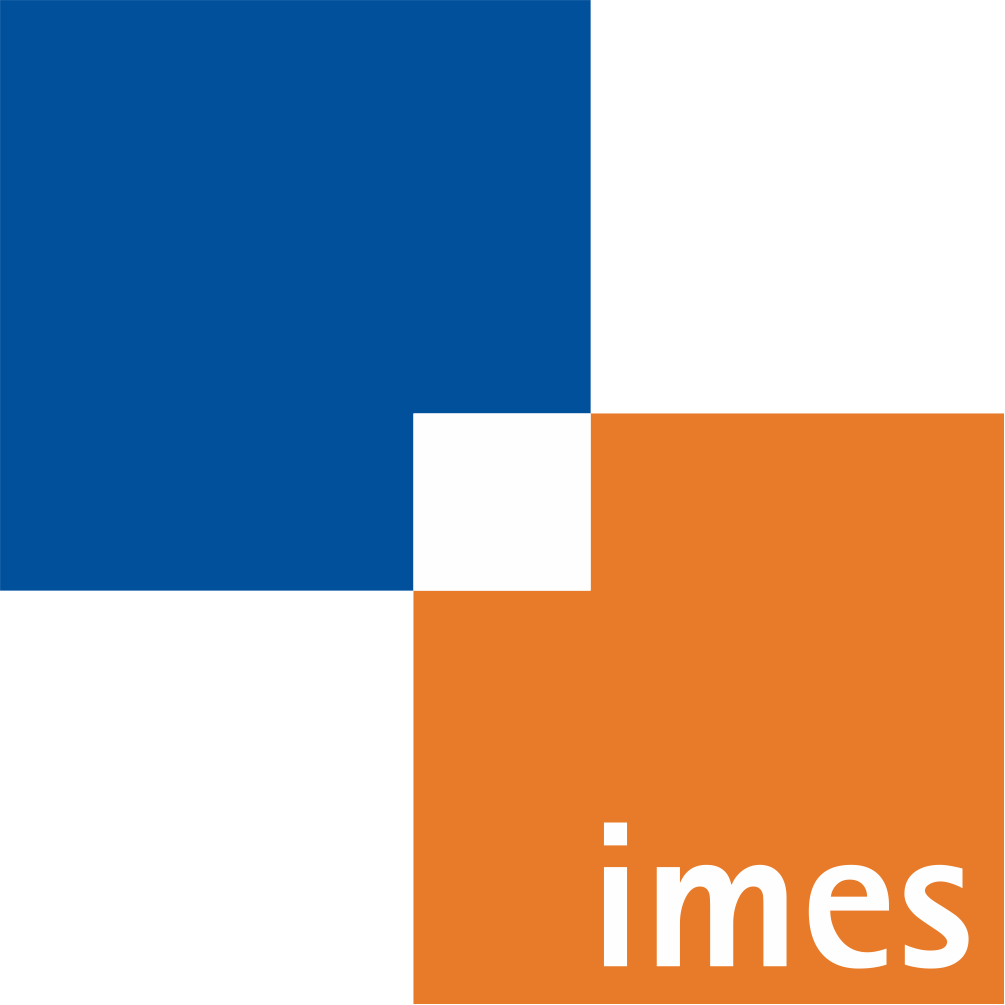Robot assisted laser osteotomy

| Team: | Dipl.-Ing. Alexander Fuchs |
| Year: | 2011 |
| Funding: | KUKA Laboratories GmbH |
| Is Finished: | yes |
The surgical ablation of hard biological tissue today (e.g for placement of pedicle screws, displacement osteotomies, or cochleostomies) is generally achieved manually using bone saws or drills. Injuries of surrounding healthy tissue caused by inaccurate cutting, (high) process forces during ablation, wide bone cuts and slow healing process due to (metal) abrasion residues in the wound present major disadvantages of the established intervention.
Within the scope of their cooperation the Institute of Mechatronic Systems and the KUKA Laboratories GmbH explores possibilities for contact-free bone ablation using a laser (laser osteotomy). In combination with a KUKA robot, high precision cutting can be guaranteed. Tissue removal following well defined geometries raises questions primarily in the fields of path planning, high precision beam control, human-machine-interface and determination of cutting depth. To demonstrate a possible application for robot assisted laser osteotomy a system consisting of a KUKA lightweight robot (LWR), a stereo camera, an optical coherence tomograph (OCT), and an Er:YAG laser is assembled at the Institute of Mechatronic Systems.
The additional torque sensors of the KUKA LWR permit a manual pre-positioning of the robotic system including laser and OCT using soft-robotics concepts. Furthermore, the configuration of the robot can be optimized according to cost functions such as maximum stiffness at any time due to the robot’s kinematic redundancy. The determination of the remaining bone thickness is realized by OCT in order to protect structures located behind the bone from inadvertent damage or destruction caused by the highly energetic laser beam. The so-attained information is coupled with the laser and beam control. The design of the experimental set-up should be flexible enough to adapt or expand the system to different applications at any time. In addition to an analysis of the reachable precision of such a medical intervention, robot control and especially the ablation process of the laser are researched in simulation.
